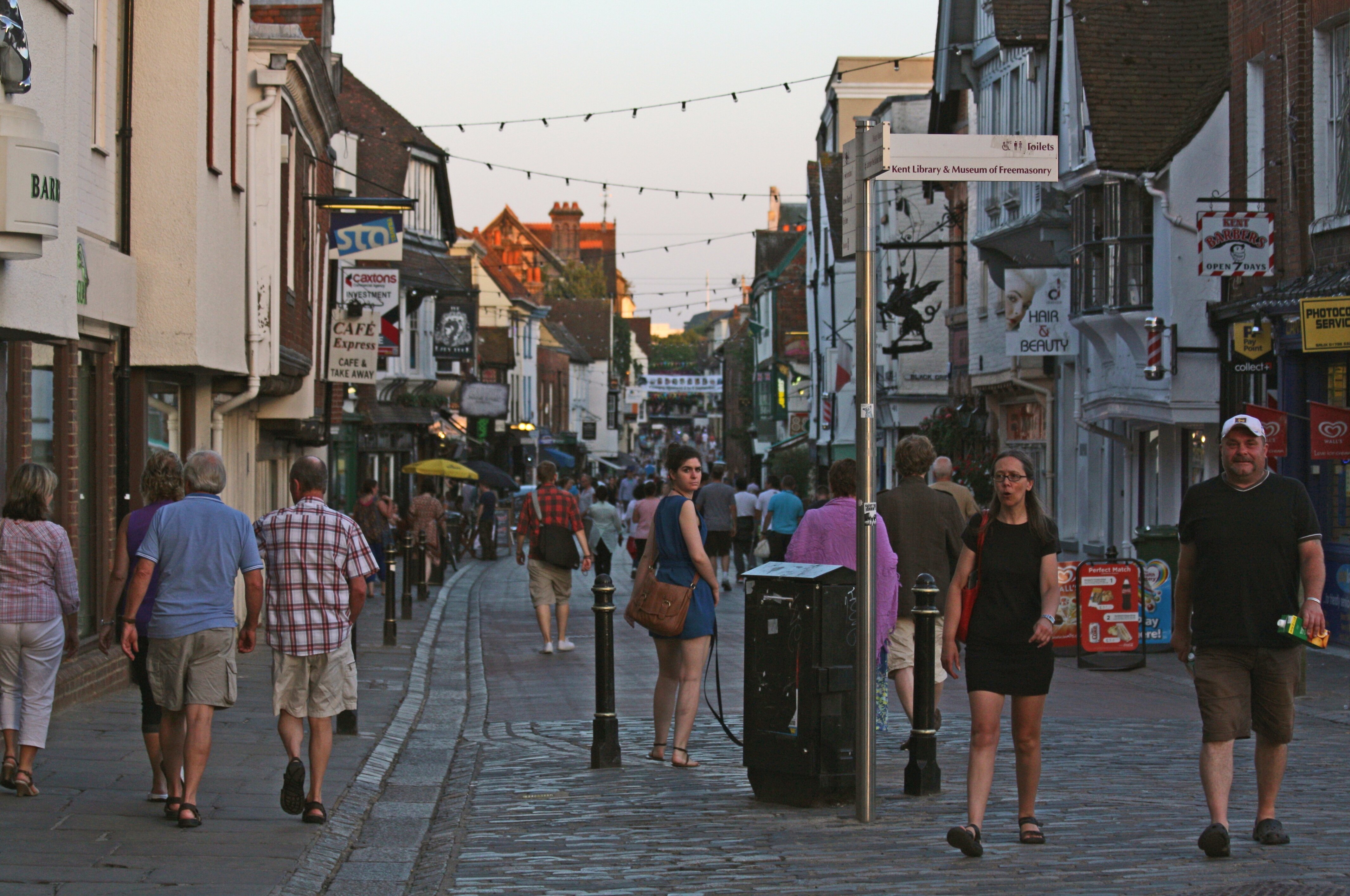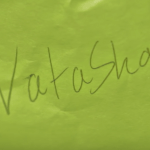
Review: The Death of Stalin
After a lengthy hiatus, Armando Iannucci this month made his return to the silver-screen with his latest feature The Death of Stalin; following a group of power-crazed soviet officials, vying to fill the power vacuum left by Stalin’s death.
The scot has good form in the field of satire, his long running series The Thick of It revolutionised political satire as we knew it, and, at times, cut very close to the bone indeed. This time, Iannucci directs his sharp wit at an unexpected target; the final days of Stalin’s jurisdiction over the Soviet Union, and the cabinet reshuffle following his death. This paradoxical vision of cold war Soviet Union is an absurdist scream, all the while tainted with an underlying darkness.
The film observes Stalin’s cauldron of paranoia, the painted-on smiles and the applauding audiences that daren’t stop for fear of execution. It is a farce, but not without constant reminder of the intoxicating nature of total power – truly a jet-black comedy of the highest order.
The Death of Stalin’s cast list reads like a who’s who of British acting talent. Simon Russell Beale, Michael Palin and Jason Isaacs star, accompanied by Jeffrey Tambor and Steve Buscemi, adding an American twang to what was already a cacophony of accents. Paddy Considine and Paul Whitehouse are superb in their modest roles, but their delicate comedic nuances are overpowered by Isaacs’ larger than life portrayal of Georgy Zhukov, played with a thick Yorkshire accent. Isaacs is almost universally praised by critics, but frankly I thought he was chewing the scenery, that’s to say: he is just a little bit too much.
The star-studded components work together like a well-oiled machine, but the success of Iannucci’s previous satirical projects often revolved around the brilliance of one character, namely Peter Capaldi’s razor-tongued Malcolm Tucker. The swear-tastic Tucker provided the comic drive around which the rest of the characters could operate: Iannucci would have loved to have had Capaldi on board for Death of Stalin, no doubt. The way Russell Beale’s Lavrentiy Beria marauds about the Kremlin, however, is somewhat reminiscent of a Bolshevik Malcolm Tucker (well, a more Bolshevik Malcolm Tucker). He intimidates and bullies, plots and schemes – it’s a brilliantly sinister performance from Russell Beale, who seems to have finally taken the leap from stage to the big screen.
With a stellar cast at the top of their game, the framework is in place for a gut-busting, belly-aching, no holds barred satirical romp. Not so. The Death of Stalin is packed with gags, but darkness is etched into every inch of this film. The set pieces are often bittersweet; early in the film, for example, a cantankerous Paddy Considine, playing a radio operator, is broadcasting a concert live on Radio Moscow. He receives a call from Stalin himself, who wants a recording of the performance (and, of course, the concert wasn’t being recorded). My fellow viewers at the Curzon roared with laughter as Considine’s character scrambled to recall the audience members to their seats, and re-stage the whole performance to be recorded for Stalin’s listening pleasure.
This kind of thing actually happened during Stalin’s reign of terror, and the radio operator would have faced a gruesome end had the recording not come off. The set piece plays extraordinarily well, but one cannot escape the dark reality that plague’s Iannucci’s film; if you’re after 100 minutes of light-hearted comedy, the Death of Stalin may not be for you.
Indeed, the film is not without flaws. Iannucci expects a lot of his viewers, and the seven central characters with their guttural sounding Russian names can become a little strenuous to keep up with, especially after an hour of these suited men talking to each other in illustrious hallways. The audience clearly recognised few of the politicians in question, perhaps with the exception of Buscemi’s Nikita Khrushchev – a lot of the jokes are in the fine details and it’s easy to get left behind.
Therein lies the problem. Aiming the crosshairs at a target already sixty years in the past does blunt the barb somewhat. The genius of Iannucci’s acidic satire is its relevance to mainstream culture and politics. Yes, Russia is a perennial problem. Yes, Trump is looking more like a power-drunk dictator by the day, but The Death of Stalin was largely filmed in the summer of 2016, any parallels we can draw today are likely to be coincidental. Of course, this is no problem for a nerd like me, but the final third of the film may be an uphill struggle for anyone who couldn’t care less about the context.
Nonetheless, this is truly a return to glittering form for Armando Iannucci. His superb cast sparkle in the soviet gloom, they know when to make light of the subject matter and when to play it straight. It’s brilliantly written, expertly shot and well researched – down to the teensiest details. You’ll laugh, you’ll gasp – The Death of Stalin is well worth a watch, even if you do spend the two hours wondering who’s dead and who’s alive.
The Death of Stalin will be showing at the Gulbenkian from the 24th to the 28th of November.




























Discussions